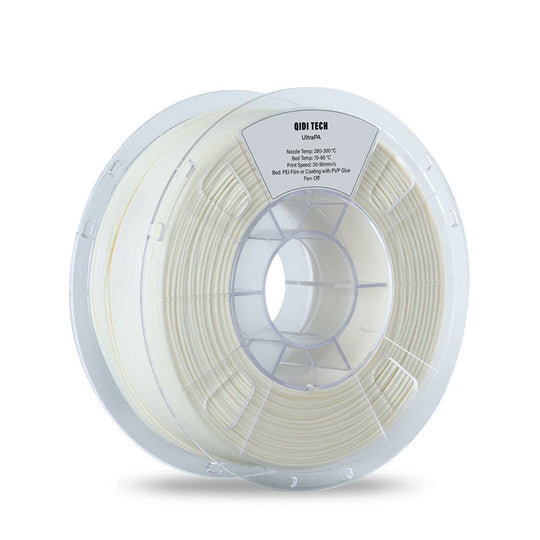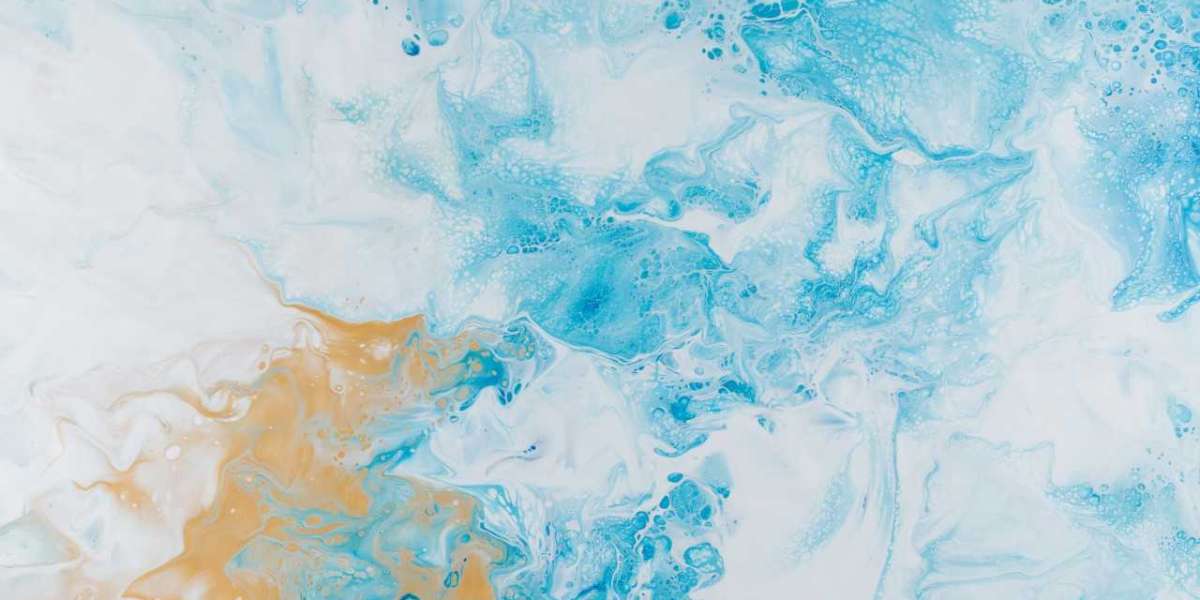Introduction to Custom Color Blends in 3D Printing
In the ever-evolving world of 3D printing, the ability to create custom color blends in 3D printer filaments has opened up a plethora of creative possibilities. This innovation allows designers, hobbyists, and engineers to bring their visions to life with unparalleled precision and vibrancy. By exploring the world of custom color blends in 3D printer filaments, we can appreciate the intricate process and the myriad of applications it supports.

The Science Behind Custom Color Blends
Creating custom color blends in 3D printer filaments involves a sophisticated understanding of material science and color theory. The process typically starts with the selection of base polymers, which are then infused with various pigments and additives. These pigments are meticulously mixed to achieve the desired hue, ensuring consistency and stability throughout the filament. The result is a filament that not only meets aesthetic requirements but also maintains the mechanical properties necessary for high-quality 3D printing.
Applications and Benefits of Custom Color Blends
The applications of custom color blends in 3D printer filaments are vast and varied. In the realm of product design, custom colors can be used to create prototypes that closely resemble the final product, providing a more accurate representation for stakeholders. In the arts, custom color blends enable artists to produce intricate, multi-colored sculptures and installations. Additionally, in the field of education, these filaments can be used to create engaging and visually appealing teaching aids.
One of the primary benefits of custom color blends is the ability to produce unique, personalized items. Whether it's a one-of-a-kind piece of jewelry or a custom part for a machine, the possibilities are endless. Furthermore, custom color blends can enhance the functionality of printed objects by incorporating color-coded elements that aid in assembly or usage.
Challenges and Considerations
While the advantages of custom color blends in 3D printer filaments are clear, there are also challenges to consider. Achieving the perfect color blend requires precise control over the mixing process, which can be technically demanding. Additionally, the introduction of pigments and additives can sometimes affect the filament's performance, necessitating thorough testing and quality control.
Another consideration is the cost. Custom color blends can be more expensive than standard filaments due to the additional materials and processes involved. However, for many users, the benefits of achieving the perfect color far outweigh the costs.
Future Trends in Custom Color Blends
As technology continues to advance, the future of custom color blends in 3D printer filaments looks promising. Innovations in material science are paving the way for more vibrant and stable pigments, while advancements in 3D printing technology are enabling more precise and efficient color mixing. Additionally, the growing demand for sustainable and eco-friendly materials is driving the development of new, environmentally friendly pigments and additives.
In the coming years, we can expect to see even more sophisticated custom color blends that push the boundaries of what is possible in 3D printing. From hyper-realistic prototypes to stunning works of art, the potential applications are limited only by our imagination.








